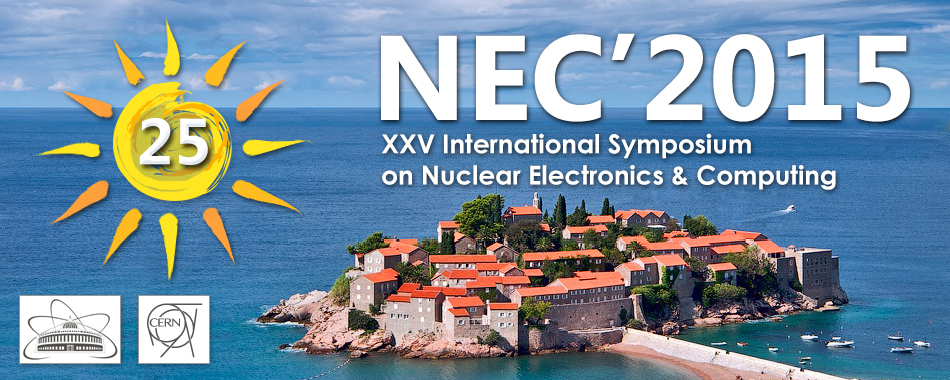Speaker
Mr
Yury Tsyganov
(JINR)
Description
With reaching to extremely high intensities of heavy-ion beams new requirements for the detection system of the Dubna Gas-Filled Recoil Separator (DGFRS) will definitely be set. One of the challenges is how to apply the “active correlations” method [1-5] to suppress beam associated background products without significant losses in the whole long-term experiment efficiency value. Different scenarios and equations to develop the method according this requirement are under consideration in the present paper. The execution time to estimate the dead time parameter associated with the optimal choice of the life-time parameter is presented. Some attention is paid to the process of auto-calibration for 48x128 strip DSSSD detector application in the natYb+48Ca->Th* reaction. To a first approximation one peak linear calibration is used with 217Th alpha particle spectra peaks. In the next steps, after filtering, three peaks least square method has been applied. In the region 8-11 MeV no significant discrepancy was measured in comparison with the precise calibration process.
References
[1] Tsyganov Yu.S. et al. //Nucl. Instrum. And Meth. In Phys. Res.
[2] Tsyganov Yu.S. et al. //Nucl. Instrum. And Meth. In Phys. Res.
[3] Tsyganov Yu.S. // ECHAYA. 2014. Vol.45. No.5-6.pp.1485-1531
[4] Tsyganov Yu.S. // Lett. To ECHAYA 2015. / in print/
[5] Tsyganov Yu.S., Polyakov A.N. // Cybern. And. Phys. 2014. Vol.3. No.2. pp.85-90
Summary
Method upgrade for extremely high intensities has been designed.
Author
Mr
Yury Tsyganov
(JINR)

